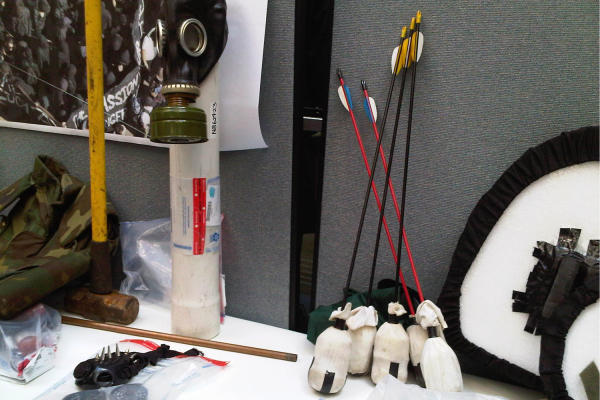Public Intelligence hosts issues of Inspire, supposedly a magazine run by Al Quiada. For some reason the Dutch police took offence to this and demanded they remove the magazine from their server:
he National Crime Squad (DNR, Dienst Nationale Recherche) of the Dutch National Police (KLPD; Korps landelijke politiediensten) has threatened to shut down Public Intelligence if we do not remove the issues of Inspire magazine which are made available on this site. In a request made to our hosting provider in late February, the Dutch National Crime Squad demanded that we remove all issues of Inspire magazine from our website and refrain from distributing any further issues of the publication. The notice describes the magazine’s content as “illegal” under Dutch law: “Due to the content of this magazine which is considered illegal according to the Dutch law due to the inciting content related to Al-Qa’ida in the Arabian Peninsula, we would like you to remove this magazine from your website.” The notice goes on to state that if the content is not removed from this site, the Dutch police “will under the force of circumstances take down your website on the dedicated server in the Netherlands according to Dutch Law.”
It’s unclear why Dutch police thought it needed to take action against a foreign website for hosting an allegedly dodgy webzine –it’s not as if they’ve solved every crime in the Netherlands or even manage to keep up with bicycle theft– but one thing is clear: this demand was illegal. First, if this was an official demand, it would’ve needed to have been authorised by the officier van justitie (Dutch equivalent of a D.A.) but after a rechter-commissaris had granted permission for this authorisation. This hasn’t happened in this case. Second, Dutch police are not allowed to asks people to voluntarily do anything that they normally would need jucidial authorisation for. Otherwise it would be very easy for police to intimidate people into doing things they have no right to ask from them because they wouldn’t have been able to get judicial authorisation.
In this case this demand wasn’t authorised and quite likely wouldn’t be, so the Dutch police acted illegally and against guidelines set out by the ministry of justice by asking Public Intelligence to take down this “Al Quida magazine”. The responsible people for this therefore need to be slapped on the wrists.
(More at Arnoud Engelfriet’s excellent internet law blog. (Dutch))
